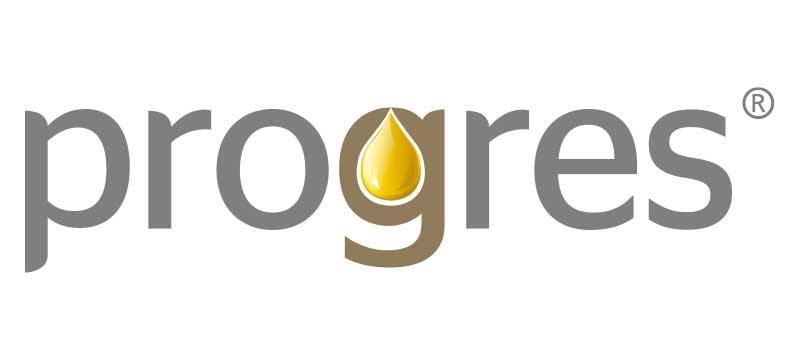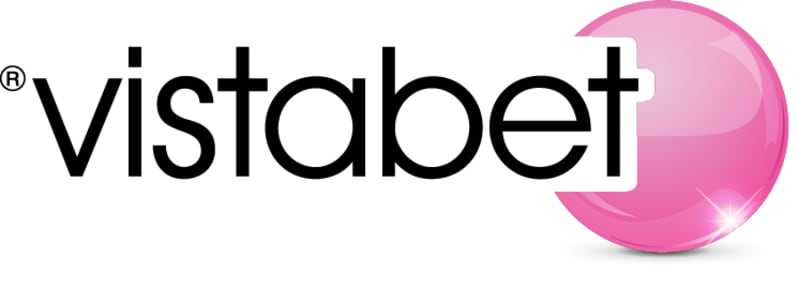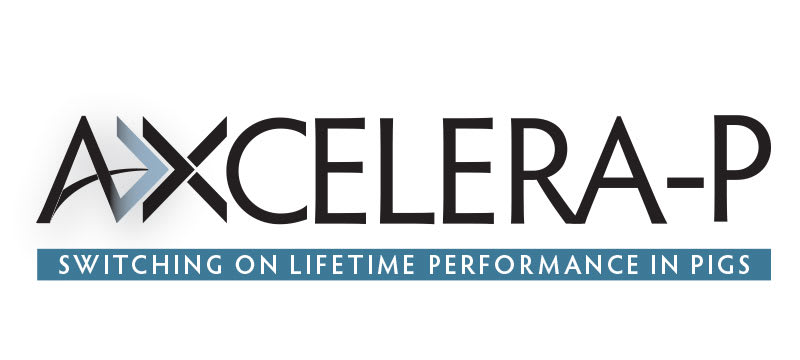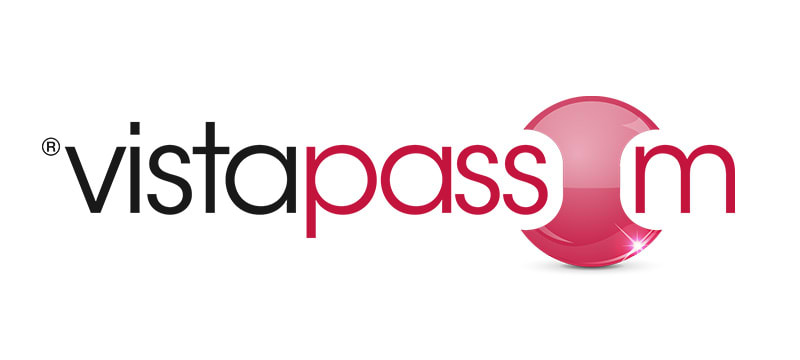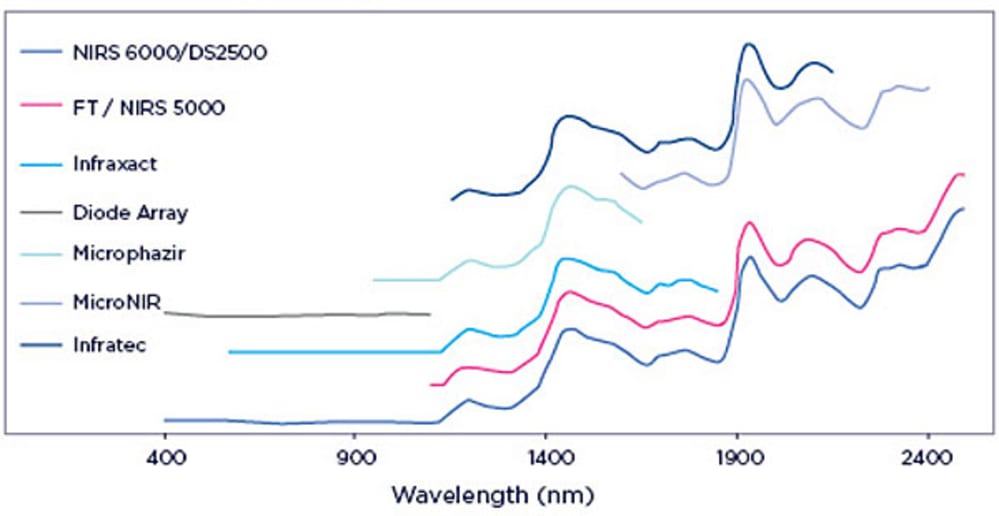A Guide to NIR: Spectral Range
Published Monday, 2nd July 2018
In the second article in our new series exploring Near-Infrared Spectroscopy (NIR), we look at how spectral range varies across different machines.
Due to the repetitive nature of NIR spectra, there is always a degree of redundancy due to N-H, O-H and C-H bonds absorbing at different wavelengths all at the same time. The consequence of this redundancy is that in many cases it becomes possible to extract similar information from different parts of the spectra.
This is one of the reasons behind the diversity of NIR machines in the market. There are many optical and digital differences between these instruments, but one of the most noticeable differences is that they operate at different wavelength ranges.
NIR covers the wavelength spectrum from 750 to 2500 nm, but some instrument types have a limited bandwidth and don't cover this range fully (see Figure 1). Sometimes the range of the machine extends beyond the NIR range. For example, some instruments have a second detector that extend the spectral range into the visible domain, below 700 nm, which can help in measuring some quality parameters such as colour.
This doesn't mean that all of these instruments have equal performance. There are many other factors involved in performance of an NIR instrument, some of which have nothing to do with the instrument itself! For example, the quality of the NIR calibration model can dramatically influence the performance.
However, access to a full scanning range NIR spectrometer can help in achieving a better prediction accuracy and precision.
Figure 1: Some of the main types of NIR instruments in the market and their associated spectral range.
Latest news
Stay ahead with the latest news, ideas and events.
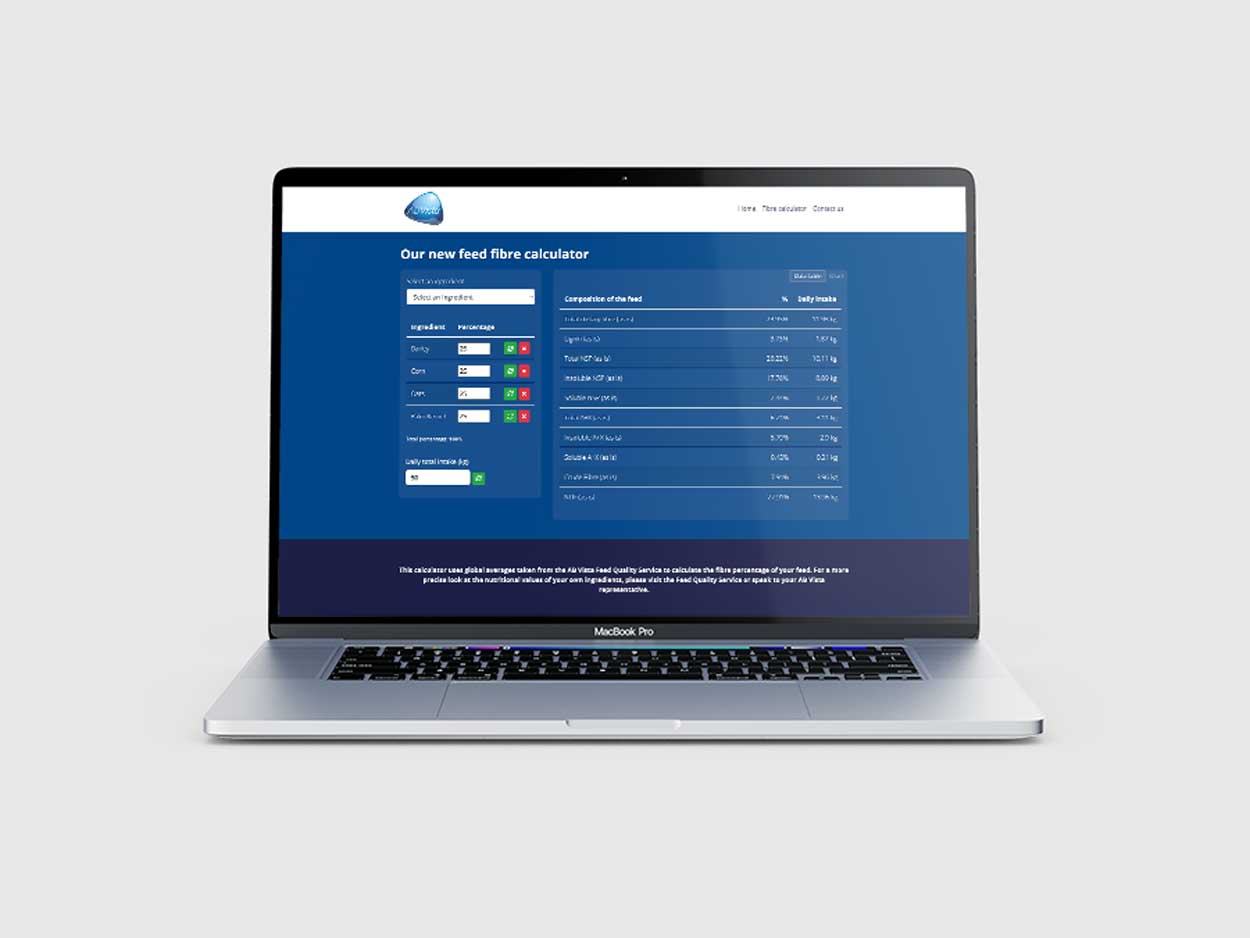
Online Feed Fibre Calculator
Calculate the percentage of dietary fibre in your feed
Our calculator is designed for nutritionists and uses averages of global raw materials to calculate the dietary fibre content (plus other more in-depth fibre parameters) of finished animal feed. These parameters are available within AB Vista’s Dietary Fibre analysis service (part of our NIR service).
Sign up for AB Vista news
A regular summary of our key stories sent straight to your inbox.
SUBSCRIBE© AB Vista. All rights reserved 2025
Website T&Cs Privacy & Cookie Policy Terms & Conditions of Sale University IDC policy Speak Up Policy










